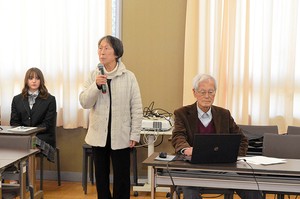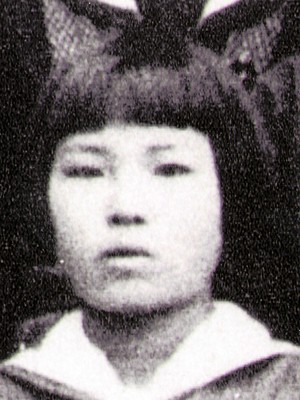By LISA VOGT/ Special to Asahi Weekly
August 8, 2023 at 07:00 JST
Seventeen sites across seven countries?
Auguste Rodin’s contemplative bronze “The Thinker,” a cast of which sits in one corner outside the National Museum of Western Art (NMWA) in Ueno, Tokyo, might be turning over in his head this thought: “All hope abandon ye who enter here.”
No doubt it must have been quite a juggling act to coordinate all the parties who created this site.
“The Architectural Work of Le Corbusier, an Outstanding Contribution to the Modern Movement,” which included Japan’s NMWA, was inscribed on the World Heritage List in 2016.
I confess that until I started writing these columns on Japan’s World Heritage sites, I thought they were all individual places; hence, the singular “site.”
How many are there? As of January 2023, there are 1,157 World Heritage sites across 167 countries. The museum in Tokyo, designed by Swiss-born French architect Le Corbusier (1887-1965) and established in 1959, is part of one site that spans three continents.
The museum was built to house and exhibit part of a massive collection of Western art belonging to Kojiro Matsukata (1866-1950), the first president of Kawasaki Dockyard Co. (present-day Kawasaki Heavy Industries). After completing his college preparatory studies in Tokyo, Matsukata went to the United States for further studies.
He then traveled widely in Europe, where he acquired thousands of artworks until the economy went sour in the late 1920s and World War II destroyed or led to his collection being seized as enemy property.
After the war, the French government agreed to return most of his collection to Japan, provided that a French architect design a museum for them. Le Corbusier was commissioned, and he chose three of his former proteges, Junzo Sakakura, Kunio Maekawa and Takamasa Yoshizaka, to help supervise the project.
From the outside, the museum looks like a shoebox on stilts, which Le Corbusier called pilotis. Inside, a triangular skylight glows overhead. Concrete columns carry the structure’s weight, enabling the walls to move if need be.
Exhibition rooms spiral upward from a central hall, and the scale of proportions based on the golden ratio and the height of a human body make what he called “human-size architecture.”
As a point of departure, he created designs based on a person 183 centimeters tall. If that’s you, the height of the handrails on the balcony and the distance between pilotis columns, for example, will give you the best experience.
I would need to stand on my toes in some serious platform boots to get a feel for what Le Corbusier envisioned.
This cluster of gorgeous modernist buildings by and inspired by Le Corbusier is located directly in front of Ueno Station.
***
This article by Lisa Vogt, a Washington-born and Tokyo-based photographer, originally appeared in the May 21 issue of Asahi Weekly. It is part of the series "Lisa’s UNESCO World Heritage Sites in Japan," which depicts various parts of the country through the perspective of the author, a professor at Aoyama Gakuin University.




















A peek through the music industry’s curtain at the producers who harnessed social media to help their idols go global.
A series based on diplomatic documents declassified by Japan’s Foreign Ministry
Here is a collection of first-hand accounts by “hibakusha” atomic bomb survivors.
Cooking experts, chefs and others involved in the field of food introduce their special recipes intertwined with their paths in life.
A series about Japanese-Americans and their memories of World War II